Consumer Food Safety
All Consumer Food Safety Content
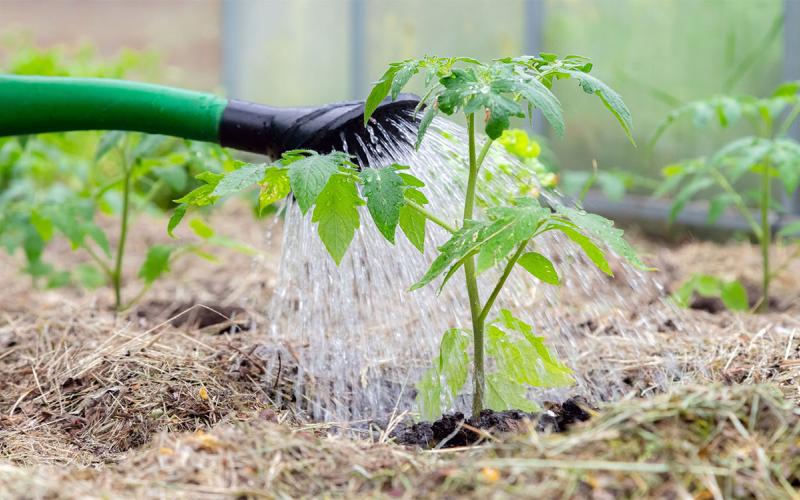
Microbial Water Testing for South Dakota Producers
Microbial water testing is important for produce growers to know the quality of their water to help ensure the safety of the fruits, vegetables, and herbs they produce.
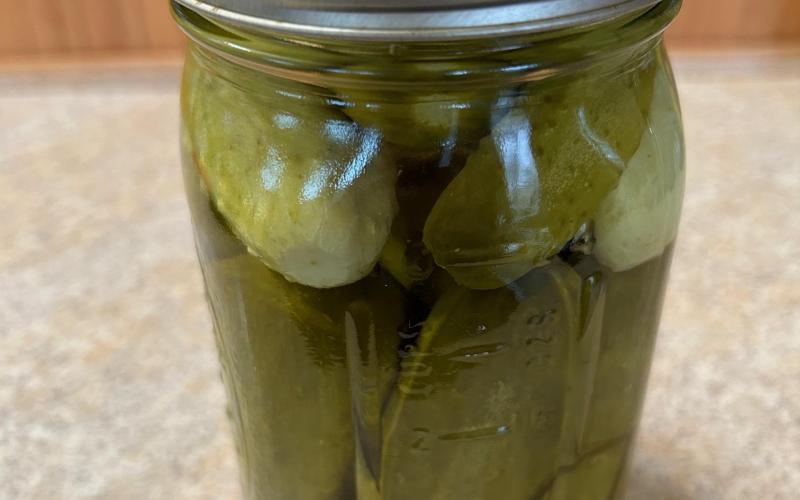
SDSU Extension adds to food safety testing services
January 17, 2025
SDSU Extension has added a new food safety testing service that allows canning enthusiasts to make sure their favorite recipes are safe.
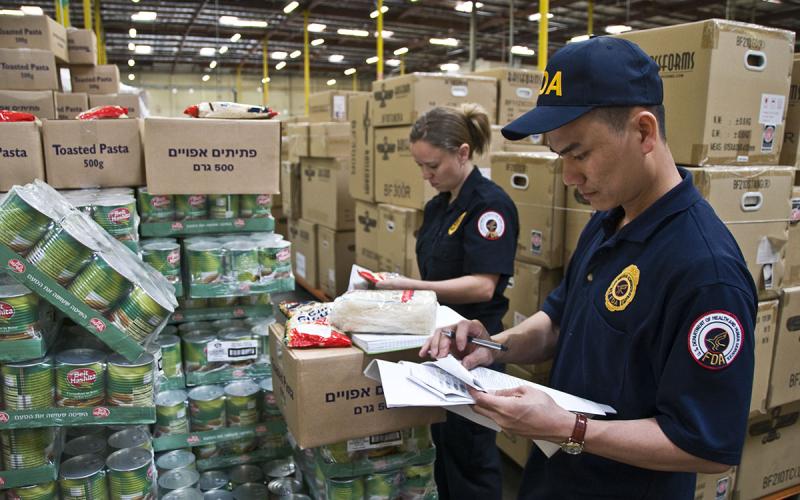
Food Recalls
With food products, it is important to know the difference between a market withdrawal and a product recall, along with the potential health implications of each.
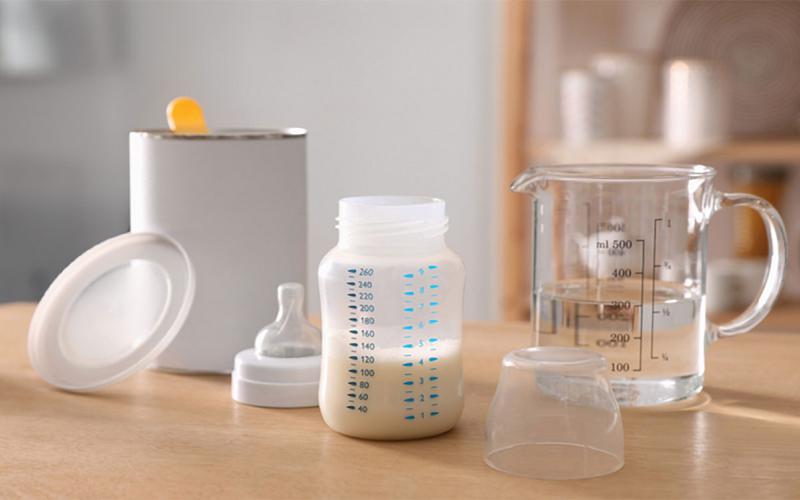
Milk and Formula Storage and Preparation
Learn some important food safety guidelines for handling, storing, and preparing breastmilk and infant formula.
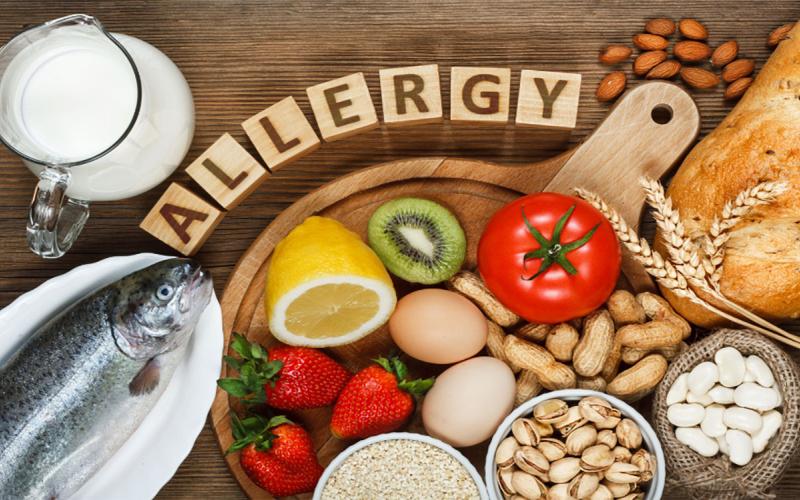
Food Allergens
In the United States, about 8% of children and 10% of adults are affected by a food allergy. Learn about some of the most-common food allergens along with some expert tips for managing them.

Food Safety During Pregnancy
Food safety during pregnancy is just as important as nutrient consumption. Learn some expert tips for reducing the risk of foodborne illness along with foods to avoid during pregnancy.
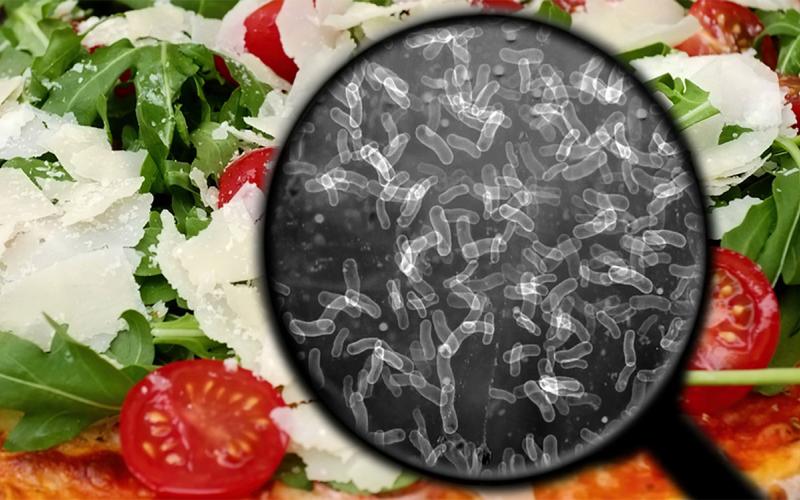
Foodborne Illnesses
Foodborne illnesses are caused by consuming foods that are contaminated with bacteria, viruses, or parasites. Learn about the risk factors for some of the most-common foodborne illnesses.

Sourdough Starters
Everyone loves a fresh slice of warm sourdough bread. But what is the science behind that crisp and chewy baked good?
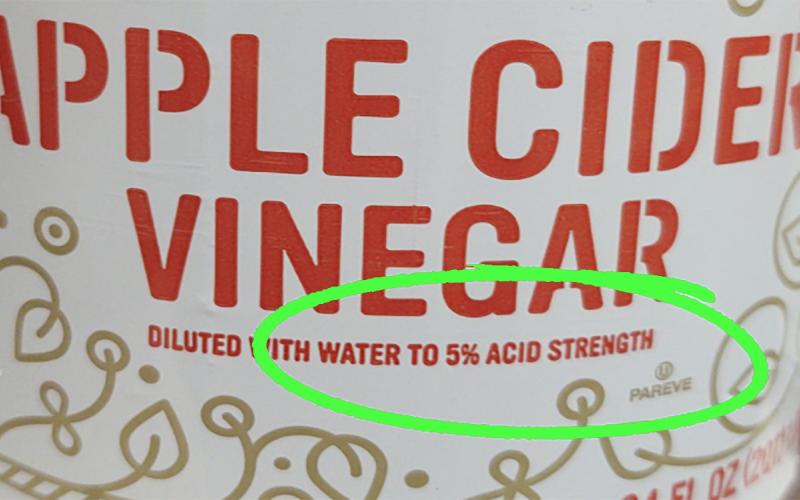
Safety Concern with Vinegar Acidity Level in Home Canning
There has been a rising concern regarding home canning and the use of 4% vinegar. Learn some important vinegar safety guidelines from the National Center for Home Food Preservation.
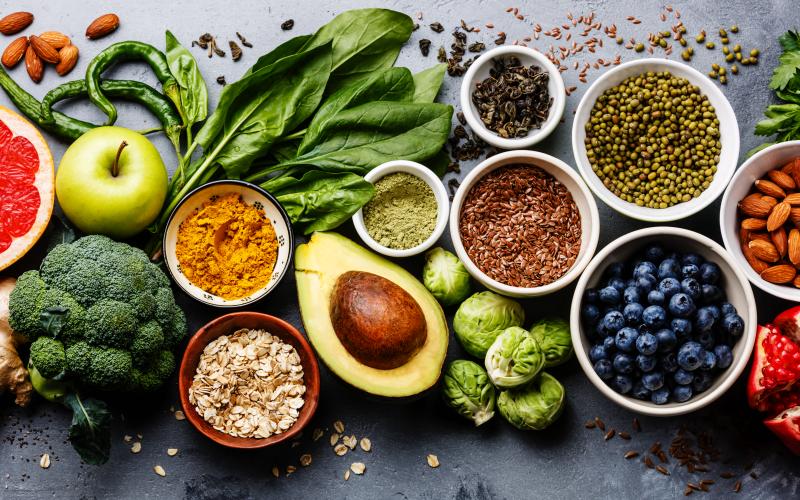
A Guide to Drying Foods
Fact sheet about drying foods